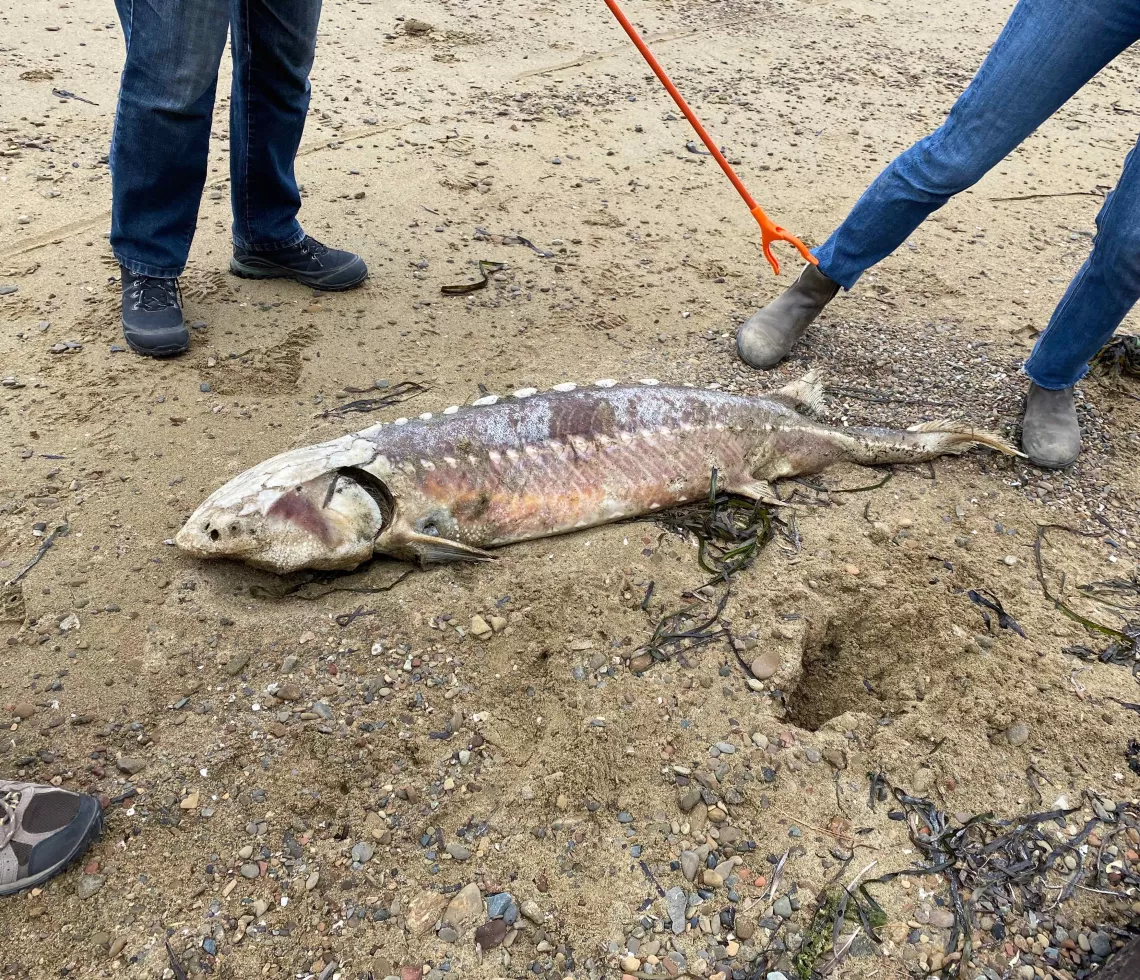By Dani Zacky
If you were in the Bay Area this summer, you probably noticed that the water along the coast and in Lake Merritt had turned a reddish brown color, almost like root beer or chocolate milk, darkened by massive quantities of algae. You probably also noticed a concerningly high number of dead fish washed up on shore, suffocated as the algae sucked oxygen out of the water. As this phenomenon quickly spread from the Alameda estuary throughout the Bay, many of us were left with questions. What causes an algal bloom? How can we avoid it in the future?

Climate change and rising sea temperatures tend to be among the first factors that come to mind when we consider the cause of algal blooms. While it is true that warm water temperatures help facilitate the growth of bacteria, mold, and harmful algae, there are other contributing factors that can cause these organisms to “bloom.”
According to water testing done by San Francisco Baykeeper and the San Francisco Estuary Institute (SFEI), the specific organism that made up this bloom is called Heterosigma akashiwo. This type of algae often blooms when there is an excess of available nutrients. Unfortunately, in a highly urbanized estuary, nutrients like this are often in surplus.
The byproducts of wastewater treatment plants are full of nutrients like nitrogen and phosphorus. When discharge from wastewater facilities is dumped into the Bay, it is essentially like adding a ton of fertilizer into the water. This creates an environment where algae like Heterosigma akashiwo can thrive.
While there are standards that regulate the amount of treated water that can be discarded into the Bay, the intensification of other factors like higher water temperature due to climate change compounds to create massive algal blooms. Because of this, and what we saw in the Bay this summer, it may be time to reconsider existing standards and find new solutions to both wastewater treatment and water conservation as a whole.
It may be hard to imagine what is at stake because we have never seen an algal bloom of this magnitude in the Bay. The washing up of thousands of fish may be just the tip of the iceberg. In areas like the Bay-Delta, harmful algal blooms are extremely common during the dry hot season, and we see how this negatively impacts the environment and communities. The regular presence of these kinds of algal blooms could spell disaster for our remaining wetlands, important species, and communities who rely on a clean Bay. It is critical that we reign in these contributing factors as much as possible.
If you would like to learn more or take action on algal bloom or other water-related issues, please reach out to Chapter organizer Dani Zacky at dani.zacky@sierraclub.org.
Dani Zacky is an organizer for the SF Bay Chapter.
Photo by Dani Zacky.